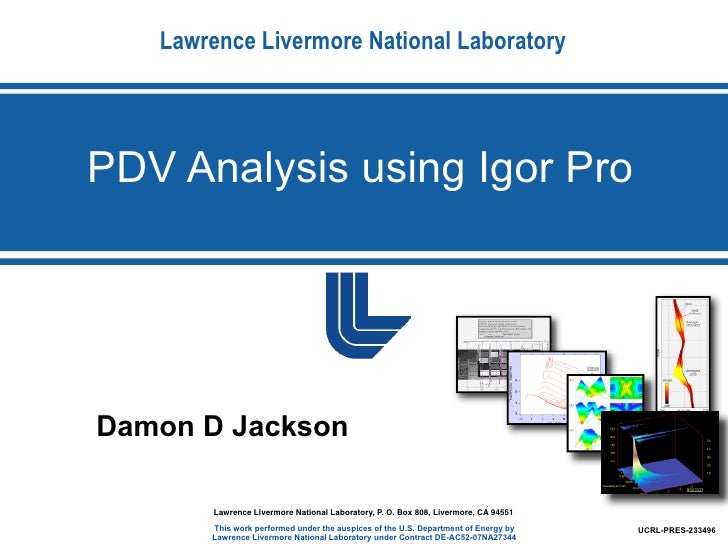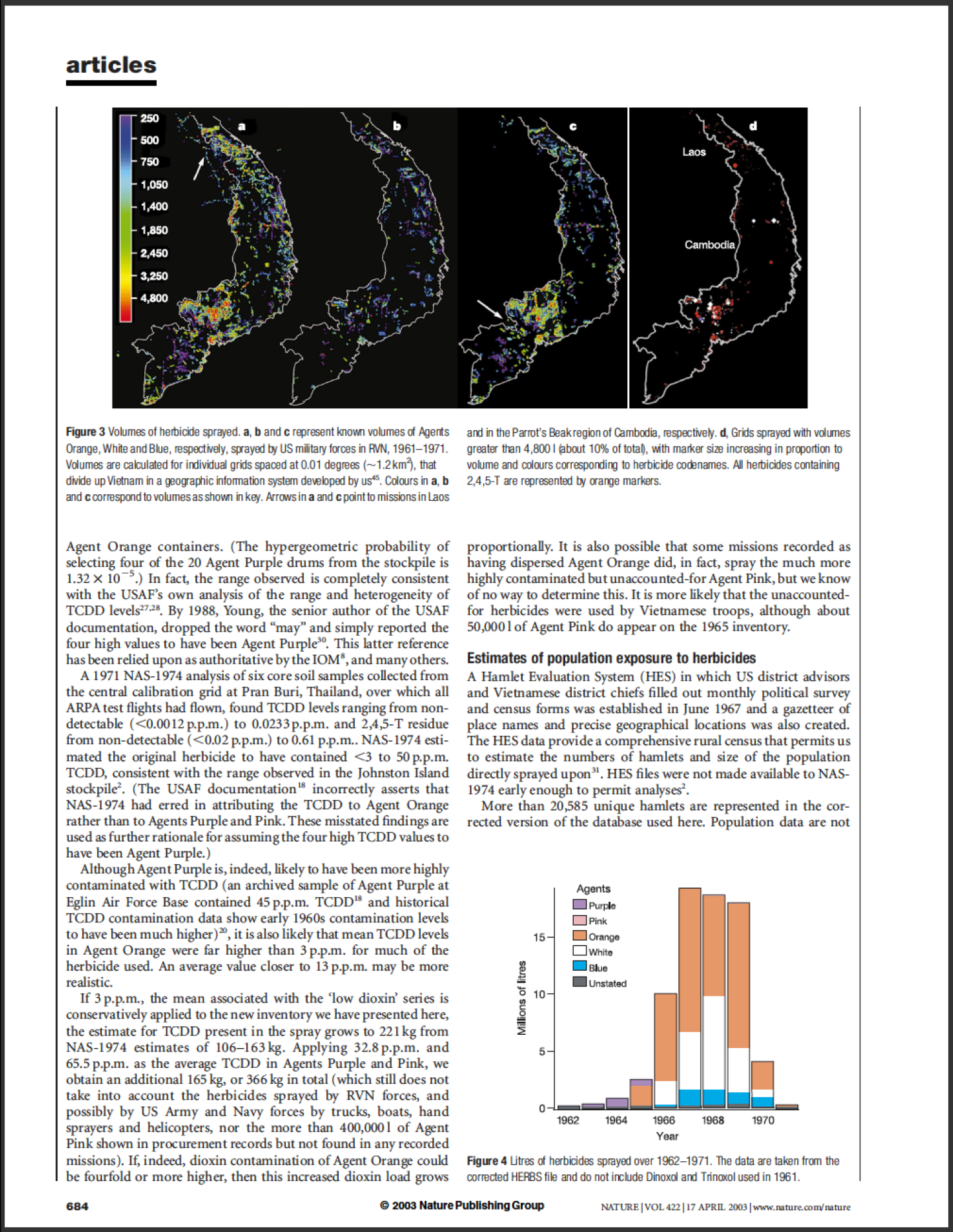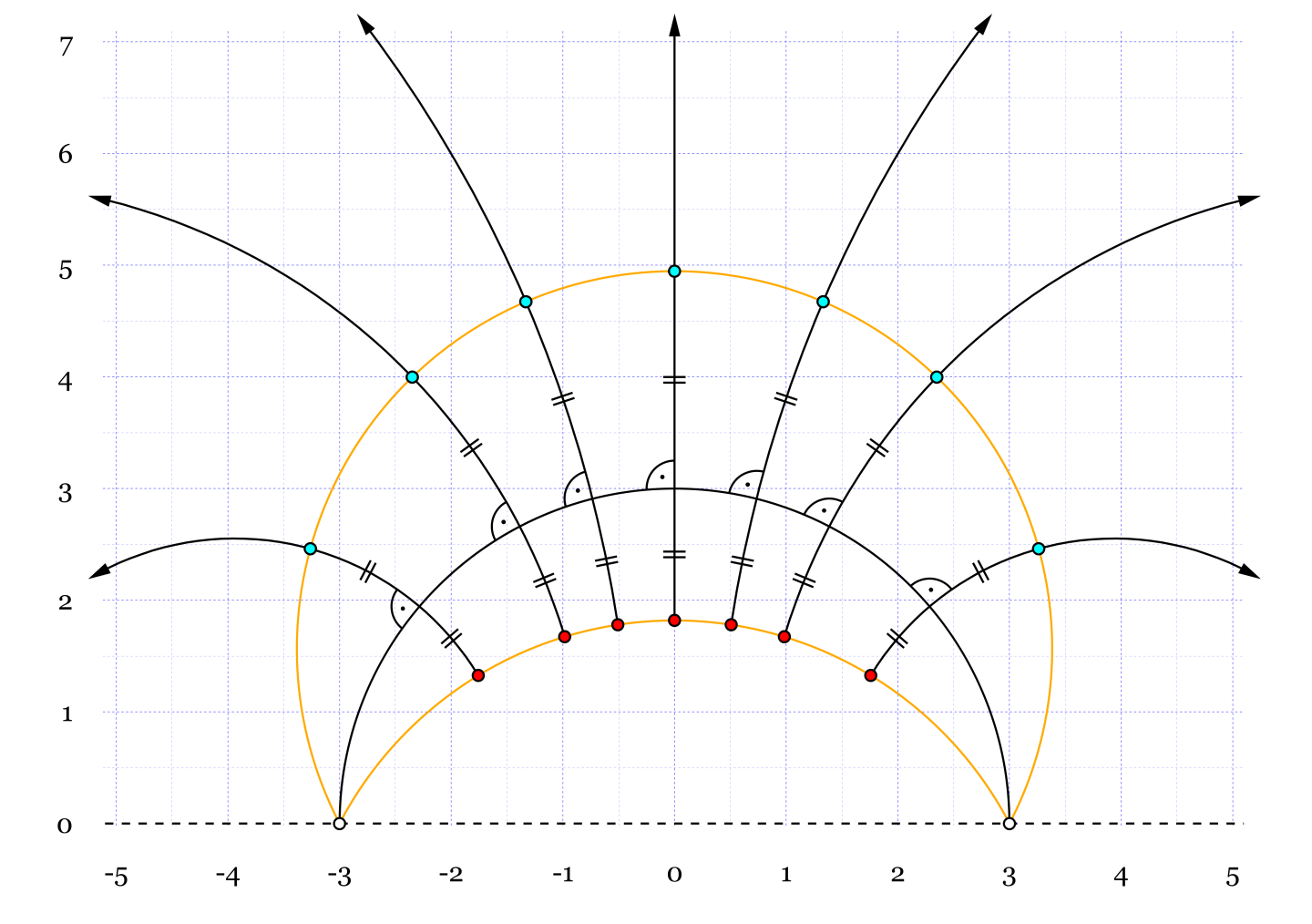

Finally, the decay of the N-state occurs after ~14 ms concomitant with re-protonation after ~12.1 ms 8. According to these measurements, the K state and retinal isomerization occurs within picoseconds and the L state is reached after ~1.4 µs, a H+ is released on the extracellular side after ~630 µs, and the M state decays after ~4.7 ms. In these experiments a large ensemble of bR is exposed to stimulating light pulses and the spectroscopic properties of bR and/or pH-sensitive labels is measured. The functional aspects of the bR reaction cycle have been studied using spectroscopic methods 8, 9, 10, 11, 12, 13, 14, 15. Insets in ( e, bottom) are LAFM maps 40 of molecules in the closed (frames 1–26) and open (frames 28–49) state. Gray lines in ( e, bottom) show the behavior of three individual protomers. Bottom: E-F loop displacement (average (black line) ±standard deviation (gray shaded area), n = 12). bR trimer (white dashed circle) and trefoil, defined as the three nearest-neighbor protomers that gather upon light-activated conformational changes (yellow dashed circle). Middle: High-resolution HS-AFM images and corresponding correlation averages.

Light-induced conformational changes in bR-D96N subjected to ( e) a single, and ( f) multiple green laser light periods. Only the cytoplasmic side displays measurable conformational changes during and after (bR-D96N has ~10.5 s open state dwell-time) light stimulation. Bottom: Averages of the cytoplasmic and extracellular side topographies (labeled cyto and ext in the first pair of images). Middle: HS-AFM images of bR-D96N patches exposing cytoplasmic and extracellular sides (labeled). The green laser (activating laser) is used to excite bR. c HS-AFM setup: Only the main components are shown and labeled: The IR laser (AFM laser) monitors the cantilever position. b Superposition of the open (green) and closed (red) structural states: The conformational change in helix-F (and to a minor degree in helix-E) are highlighted by arrows.

1a, green, PDB 6RPH) where the E-F loop is displaced and the cytoplasmic gate is open, conceptually matching the alternate access model of membrane transport 7.Ī Structure of bR trimer viewed from the cytoplasmic side in the closed (PDB 6RNJ) and open (PDB 6RPH) states. 1a, pink, PDB 6RNJ) and the open state (Fig. Therefore, structurally, the reaction cycle can be divided into two major parts, the closed state, defined as the state where the cytoplasmic gate is closed (Fig. In the fourth step, this conformational change is reversed and the cytoplasmic gate closes. 1a, b), opening the cytoplasmic gate and rendering Asp-96 and the retinal accessible for re-protonation within the first ten milliseconds. In contrast, the third step involves displacements of the cytoplasmic half of helices E and F and the E-F-loop (Fig. The first two steps are accompanied by only small local conformational changes and happen within the first tens of microseconds. Fourth, the cytoplasmic gate closes (N to O state) and the protein resets for the next reaction cycle (O to ground state). Third, through a large conformational change of helix-F a funnel to the cytoplasm opens and a H + enters via Asp-96 and re-protonates the retinal (N state). Second, a H + from the retinal Schiff-base passes to Asp-85 (L to M 1 state) and the proton releasing group (Glu-194 and Glu-204) releases a H + to the extracellular side (M 1 to M 2 state). First, upon photon absorption, the retinal isomerizes within the first picoseconds (ground to K state) and then relaxes in the 13- cis conformation (K and L state). In brief, the bR reaction cycle can be subdivided into four main processes. We prefer to use the terminology “reaction cycle” that represents better the conformational and functional dynamics than the more spectroscopic term “photocycle”. The time scales at which the different light-induced intermediates of the reaction cycle occur, span from femtoseconds to milliseconds and have been studied by spectroscopy and structural methods 2, 3, 4, 5, 6. This event starts a cascade of reactions that lead to H +-release on the extracellular side and cytoplasmic H +-uptake 2, 3, thus H +-pumping that establishes an electrochemical H +-gradient that powers ATP-production. Photon absorption induces the isomerization of the retinal from all- trans to 13- cis. Bacteriorhodopsin (bR) is a membrane protein and member of the microbial rhodopsin family, a light-driving proton (H +) pump formed by seven transmembrane helices (TMHs) and a covalently bound retinal chromophore 1.


 0 kommentar(er)
0 kommentar(er)
